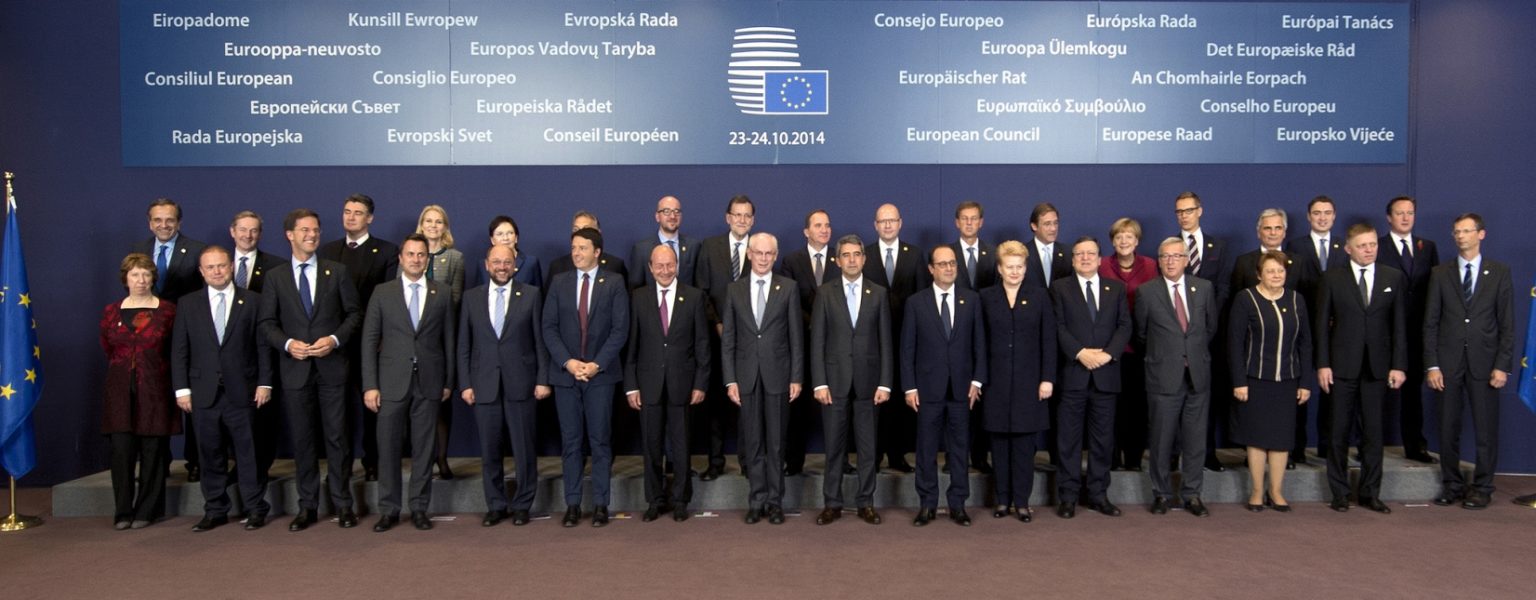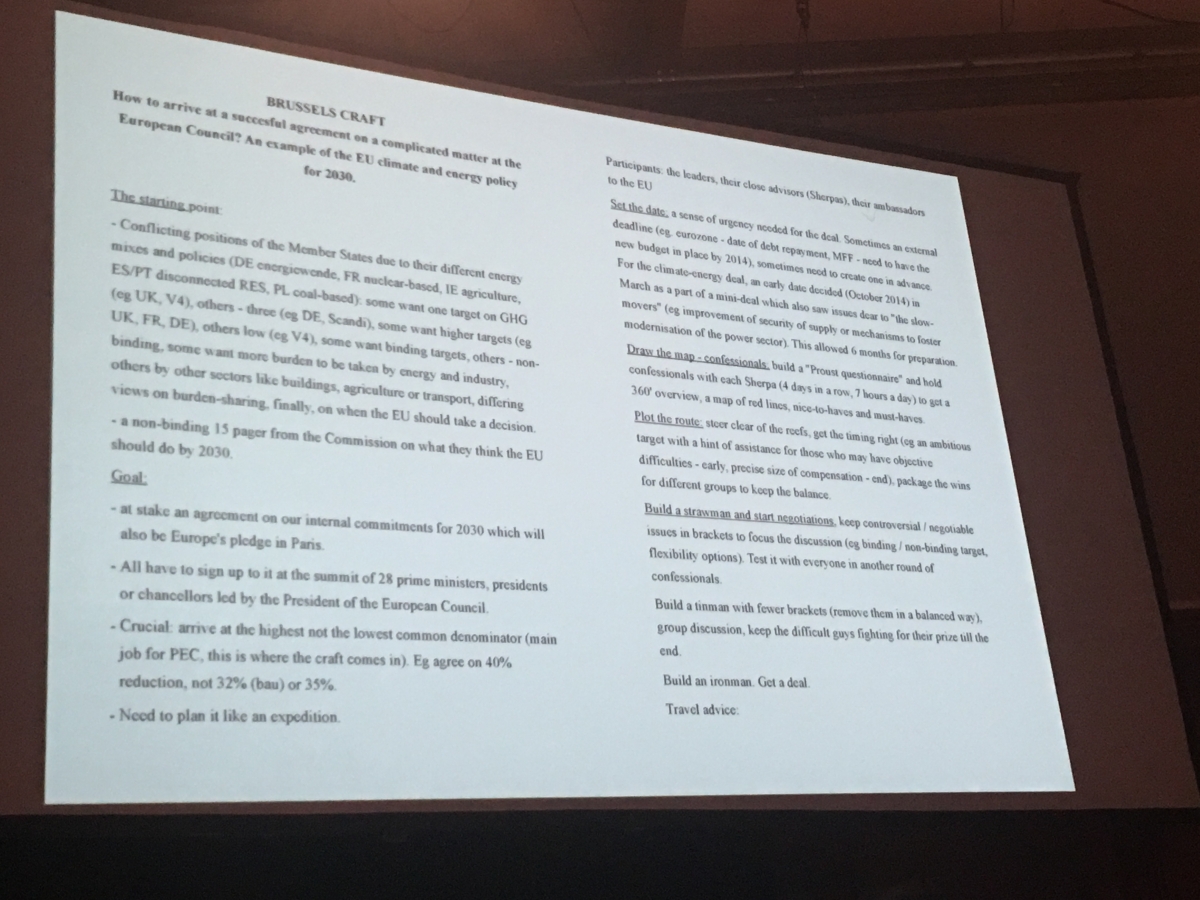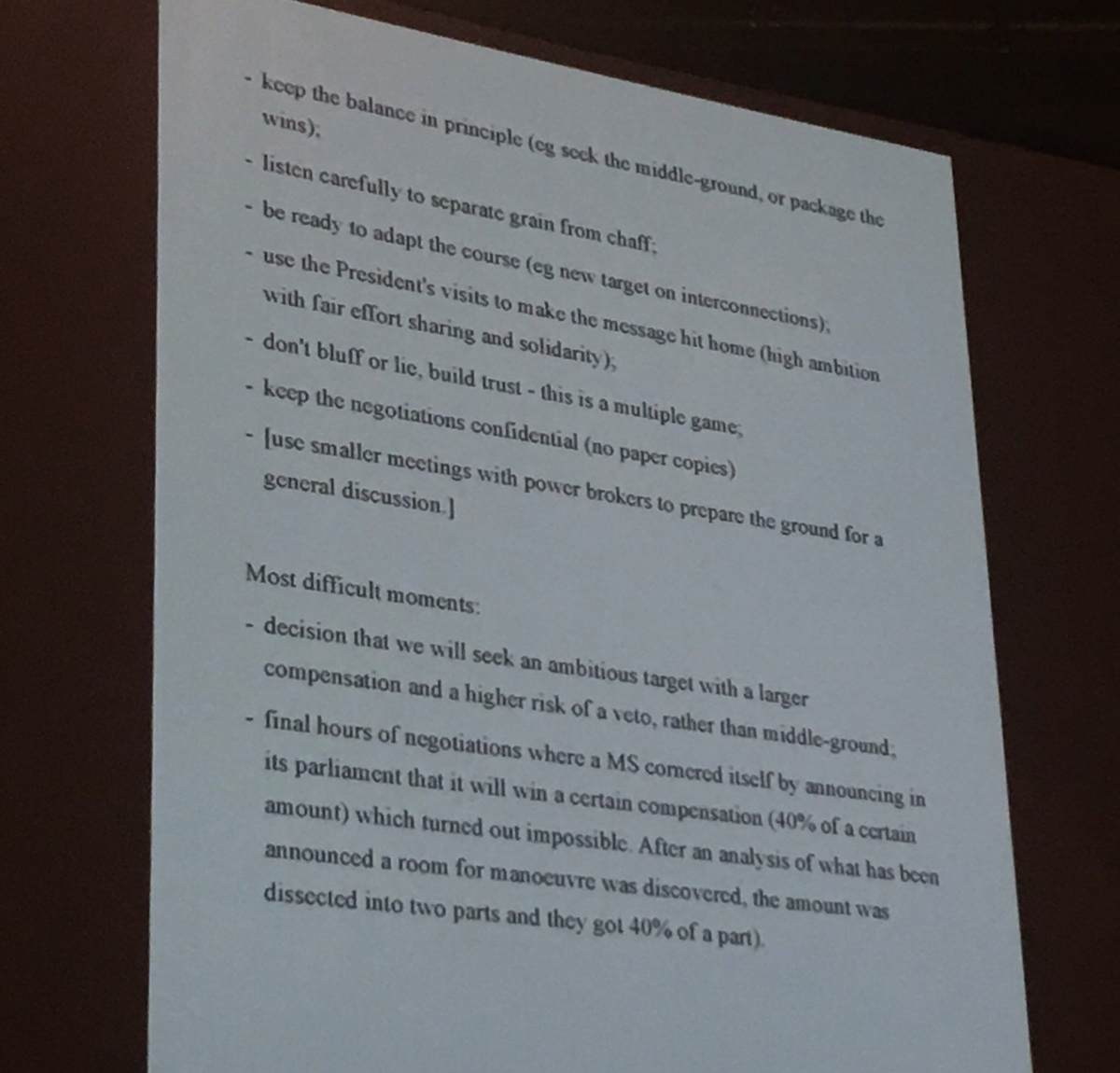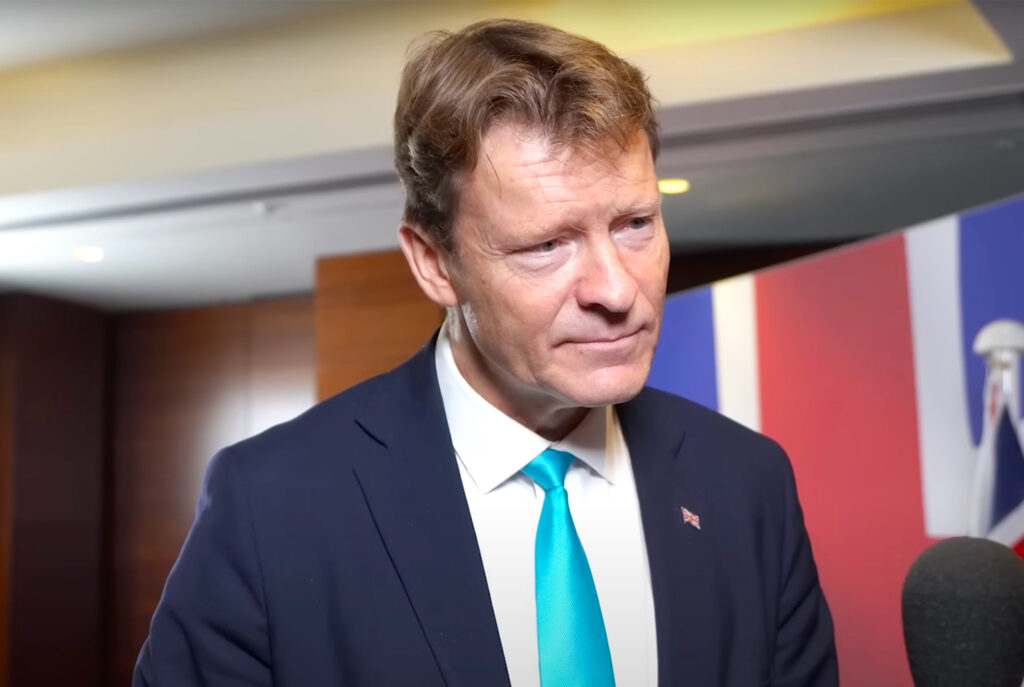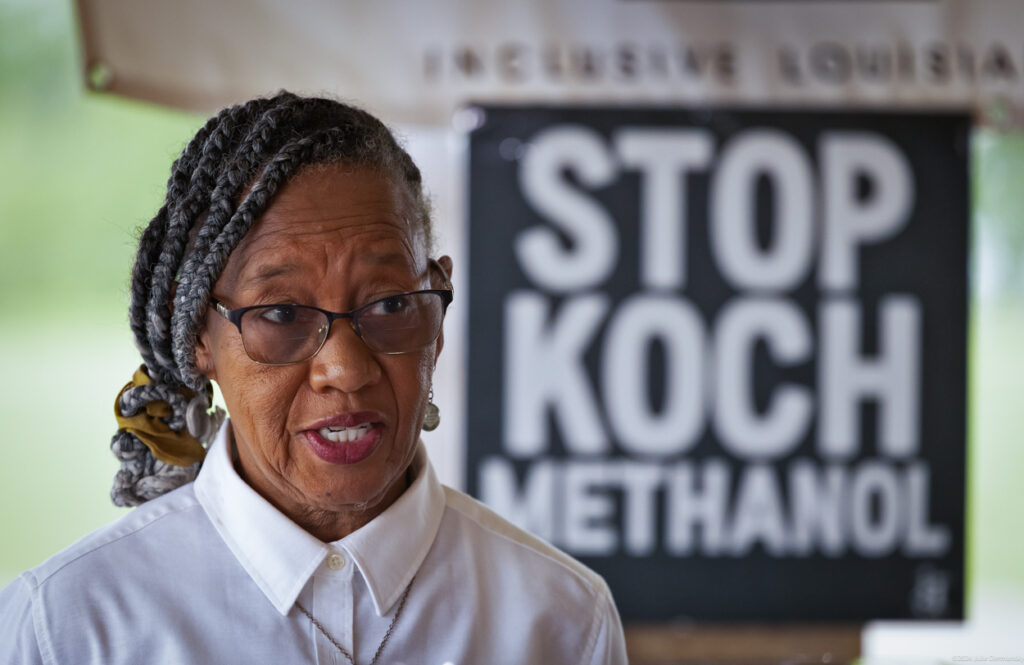Insight into how the EU crafted its climate and energy policy for 2030 was shared by Politico this week in snapshots of a presentation given at the Amsterdam Forum on European Culture.
Entitled “How to arrive at a successful agreement on a complicated matter at the European Council?” the presentation was given by Lukasz Kolinski, a cabinet member of European Council President Donald Tusk.
In it, Kolinski broke down the 2030 climate policy discussions into eight steps to serve as an example for how negotiations should be “planned like an expedition”.
The “Tusk climate playbook” (as described by Politico) contained “Travel advice” such as “Don’t bluff or lie, build trust”, “be ready to adapt the course”, and to “keep the negotiations confidential (no paper copies)”.
Kolinski also discussed how the varying views on the higher ambition strategy differed between countries. For example, the UK and Poland wanted just one target for greenhouse gas emissions while Scandinavian countries were asking for three.
The main takeaway on big screen? “Build an ironman. Get a deal.”
Photo credit: Politico
Step 1: The starting point
All 28 EU member states came to the negotiations with conflicting positions, based on their different energy mixes and policies. Even the European Commission had 15 pages on what they thought should happen.
Step 2: The goal
The policy needed to have all 28 EU heads of state sign on to it. It had to be ambitious, agreeing on a 40 percent reduction rather than a 32 percent business-as-usual scenario. And it would form part of the EU’s Intended Nationally Determined Contribution (INDC) ahead of the COP21 Paris climate conference.
Step 3: Set the date
To create a sense of urgency while giving “slow movers” time, a deadline was set in March for October 2014. The time allowed for improvements in the security of supply and for the creation of ways to foster power sector modernisation.
Step 4: Draw the map
Sticking with the “expedition” theme, close advisors of leaders were dubbed ‘Sherpas’ who were consulted on to map the ‘red lines’ that countries wouldn’t cross, the ‘nice-to-haves’ that countries wanted, and the ‘must-haves’ they needed to deliver.
Step 5: Plot the route, “steer clear of the reefs”
Timing was important. Early in the negotiations, “assistance” and “compensation” was offer to those who might oppose the ambitious 40 percent target. It was only later on that the precise size of that compensation was agreed.
Step 6: “Build a strawman and start negotiations”
Controversial or negotiable issues (like choosing a binding or a non-binding target) were kept in brackets in the draft agreement to focus on the discussion.
Step 7: “Build a tinman”
The brackets in the draft were then tested with another round of leaders consulting the Sherpas to settle the disagreements.
Step 8: “Build an ironman. Get a deal”
In the final stage, the “difficult guys” were kept “fighting for their prize until the end” when a deal was struck.
In the end, all the countries agreed on the final energy strategy which formed the EU’s INDC “to a binding target of at least 40% domestic reduction in greenhouse gas emissions by 2030 compared to 1990.”
The policy’s targets also included “at least a 27% share of renewable energy consumption”, and “at least 27% energy savings compared with the business-as-usual scenario”.
Photo Credit: Politico
Photo: European Council via Flickr
Subscribe to our newsletter
Stay up to date with DeSmog news and alerts


